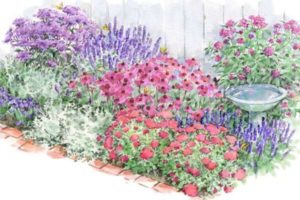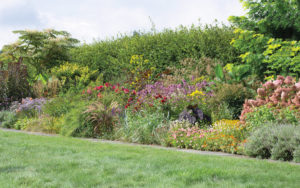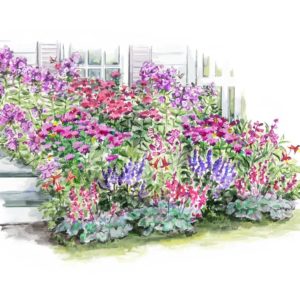The exquisite colors and sweet fragrance of Sweet Peas have made them a longtime favorite of floral designers. But because these plants adhere to a somewhat tricky timetable and require a bit of special care as they grow, they are rarely (if ever) found in garden centers or nurseries. Sweet Peas are started from seeds in late winter, and this can be a defeating proposition for anyone in a cool climate who lacks a heated greenhouse or indoor seed-starting capabilities. Sweet Peas are vining plants, and they tend to tangle as they grow, making them difficult to display on the crowded shelves in most stores.
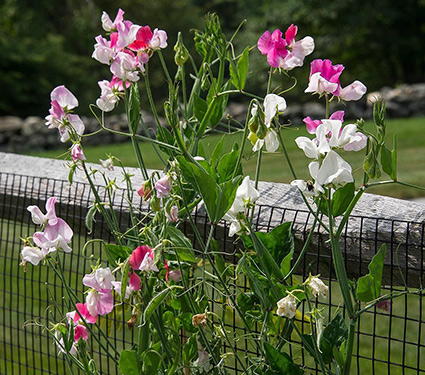
Because we love these annuals, and because the demand for them has grown in recent years, we undertook a trial this summer to see if we could ship Sweet Pea plants (not seeds) to our customers. We began by ordering Sweet Pea seeds in a range of pleasing colors. (This is easy work given the range of captivating colors and bicolors available.) We propagated the seeds in our greenhouses, and in early May, just prior to what turned out to be the season’s last frost, we transplanted some of the seedlings into our gardens at the farm. (Sweet Peas can take a bit of cold, and they came through the frost just fine. What they can’t tolerate is high heat.) Other Sweet Pea seedlings were shipped to our homes to ensure that our packaging held the plants securely and that the plants themselves would come through their few days in dark boxes in the back of unheated trucks.
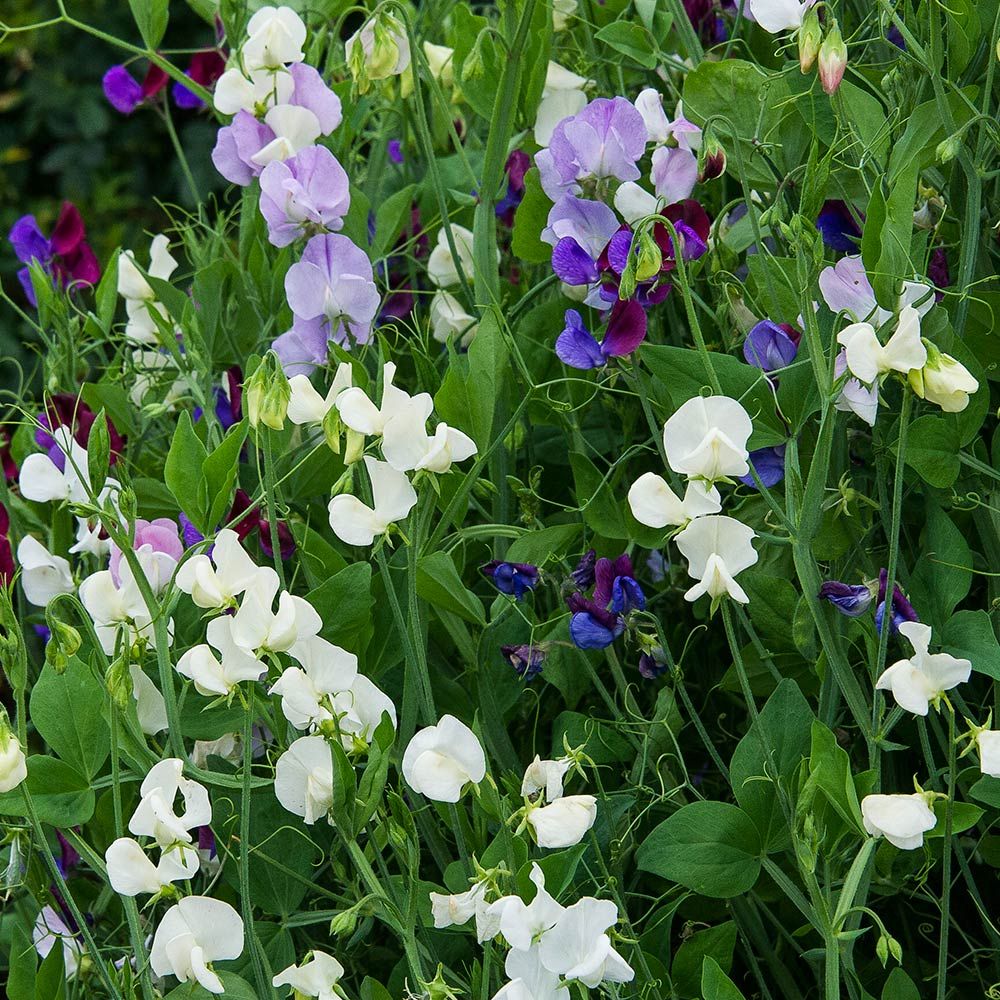
The happy ending to this story is that all of the Sweet Peas we trialed exceeded our expectations. Our gardens were filled with these lovely blooms, many of them sweetly scented, for weeks in June and July, which is roughly when the plants subside. As of this writing, our horticulture staff is selecting the varieties of Sweet Pea plants we’ll be offering to you in next spring’s Garden Book. Our publications team is putting together the information you’ll need to grow these plants, which require the support of a trellis, fence, tuteur or bamboo stake, along with techniques for encouraging the maximum number of blooms and the long, straight stems that are prized for cutting.
For a preview of some of these techniques and to learn more about Sweet Peas, visit the superb blog post on the topic by our friend Matt Mattus, the author behind Growing With Plants. You’ll find it here.

